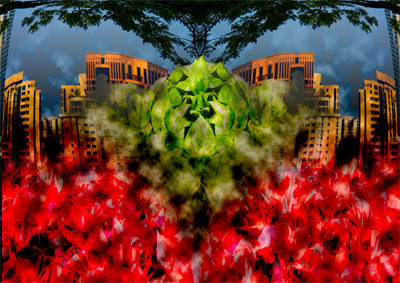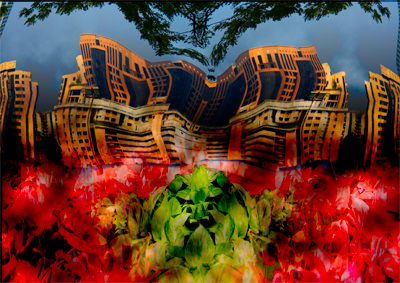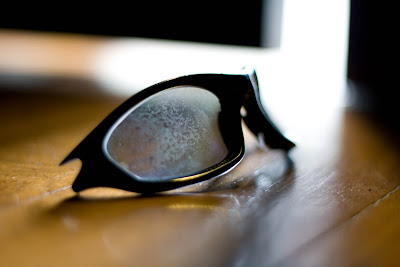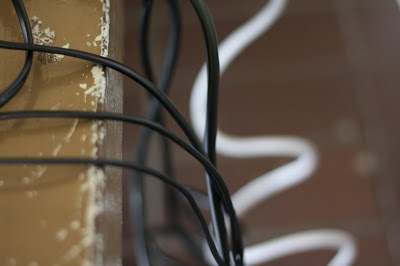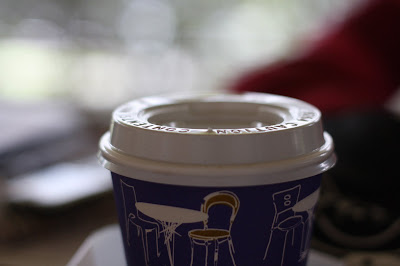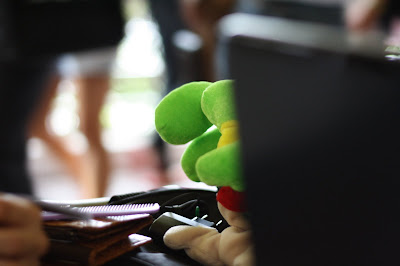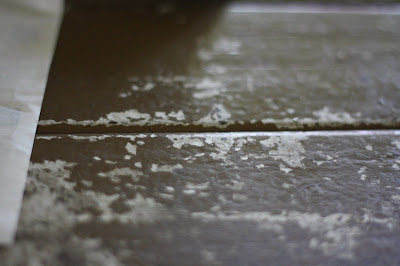 From the BBC's webpage titled "Week in pictures", we examine this picture with the following caption: "Coffins of Kurdish victims of former Iraqi leader Saddam Hussein's regime during the 1980s stand at the airport in Irbil, after their repatriation from a site near the southern city of Najaf."
From the BBC's webpage titled "Week in pictures", we examine this picture with the following caption: "Coffins of Kurdish victims of former Iraqi leader Saddam Hussein's regime during the 1980s stand at the airport in Irbil, after their repatriation from a site near the southern city of Najaf."So what does this picture say then? My impression is that its about the coffins more than anything else (obviously). since coffins are symbollic of death, it fittingly reflects the purpose of the photo, which was taken in such a way that it would in some essence give an idea just how many people died as a result of Saddam's regime. While the number of coffin's shown probably isn't all that there are supposed to be, the fact remains that this approach to the shot (with few people in it and the seemingly neverending rows of coffins all the way into the horizon) sought to bring out the most of its intended message despite the simplicity of the shot.
The repatriation of the coffins (and the deceased in them) is symbollic also in the sense that it metaphorically and literally illustrates that the past (and its atrocities) are being buried and laid to rest, and as such provide a form of resolution to the suffering of the people both deceased and alive.

 "3l3m3ntal Id3ntity"
"3l3m3ntal Id3ntity" "A Qu3stion of B3li3f"
"A Qu3stion of B3li3f" "G33k Lit"
"G33k Lit" "Mak3 Som3 Nois3"
"Mak3 Som3 Nois3" "Fair Gam3"
"Fair Gam3" "Wir3d Up"
"Wir3d Up" "All That You Can't L3av3 B3hind"
"All That You Can't L3av3 B3hind"



